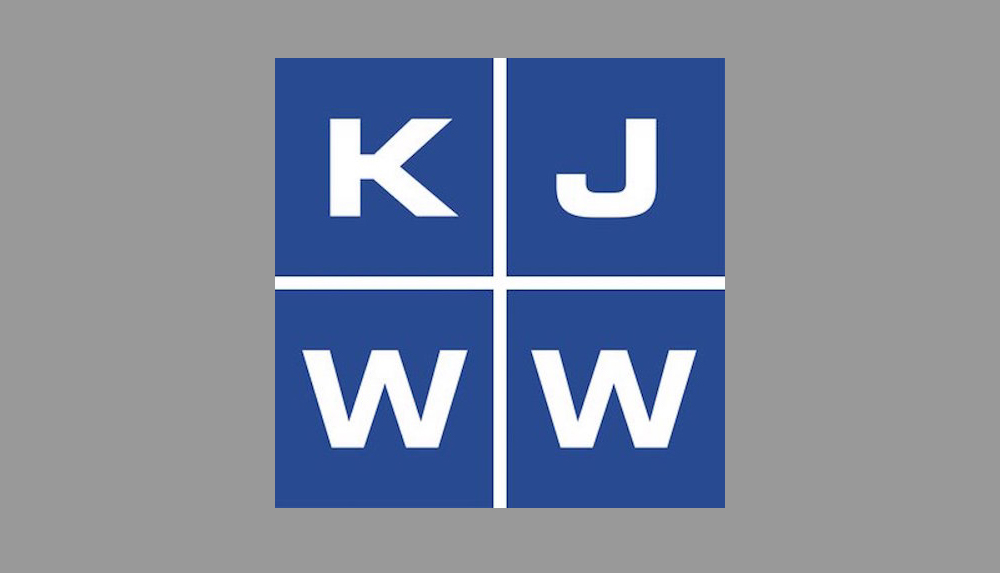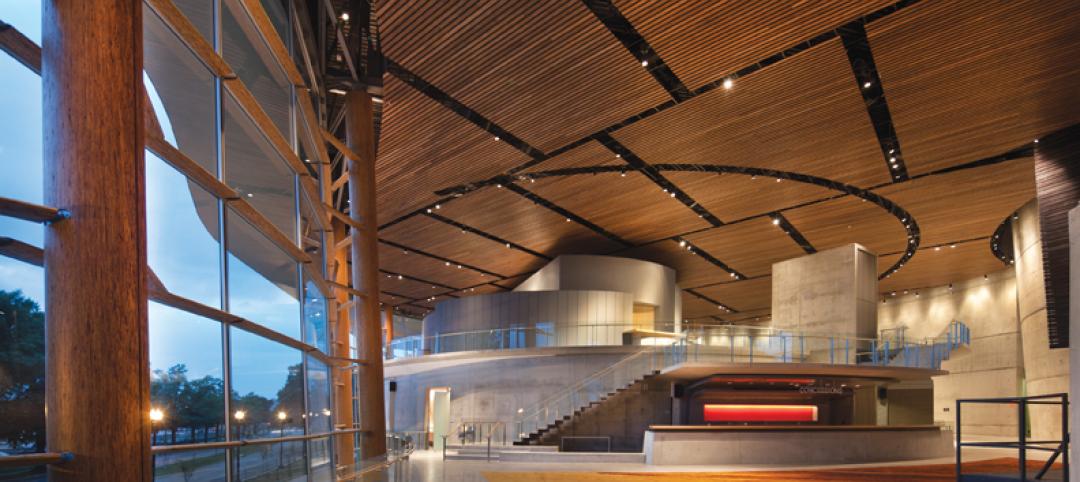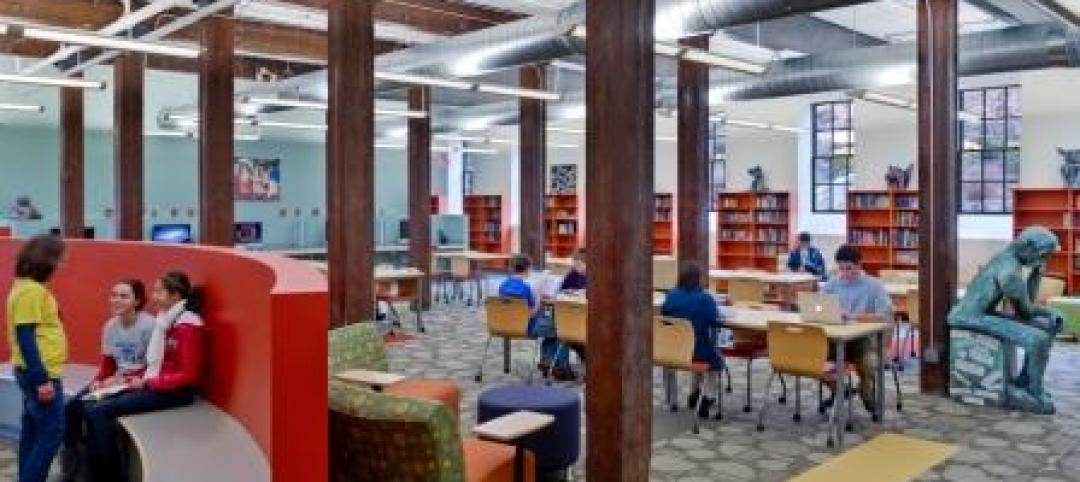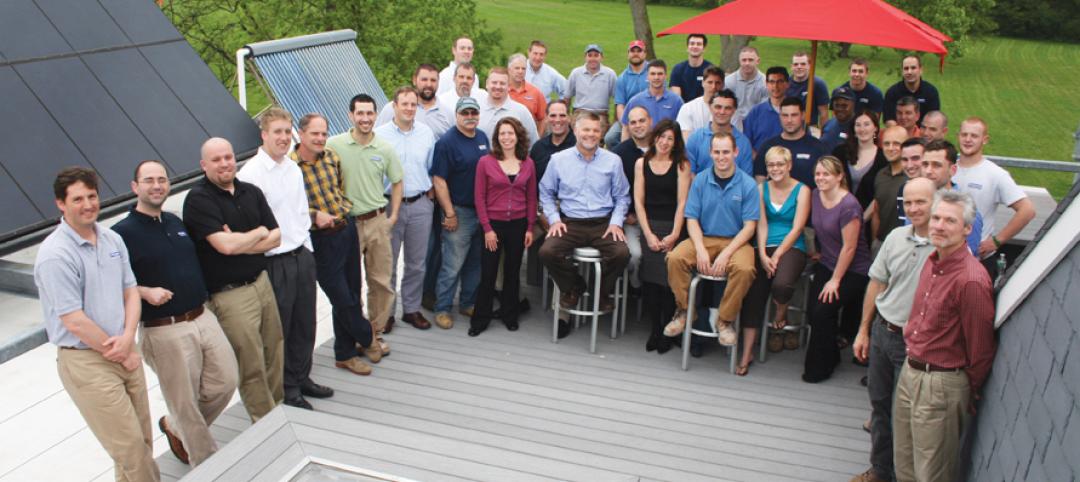The KJWW Engineering Consultants division of IMEG Corp. has expanded its footprint in the state of Michigan by merging with FES Group, a facility engineering services and architectural firm based in Wixom, Mich., with 25 employees.
KJWW, based in Quad-Cities, Ill., was already one of the country’s largest engineering firms specializing in high-performance building systems, infrastructure, and construction-related services.
The acquisition comes seven months after KJWW and TTG Engineers merged and formed IMEG Corp., a holding company that owns both engineering firms, headquartered in the Quad-Cities. The two U.S.-based firms operate independently and have retained their original names. Together, they have a global footprint of nearly 1,000 employees. With the addition of FES Group, IMEG will have 26 national offices as well as six international locations, according to the Quad City Times.
The merger was finalized on May 1. Its terms were not disclosed.
FES’s services include Structural, Mechanical, and Electrical Engineering, Architectural Engineering, and BIM modeling. Its website says that FES operates a branch office in Auburn Hills, Mich., suburb of Detroit. Its primary markets include commercial, healthcare, R&D, and industrial.
Paul VanDuyne, KJWW’s President, stated that the merger with FES Group gives his company a stronger presence in Michigan. He lauded FES’s technical prowess, attention to high-quality design, and client-centric focus. “FES Group’s strength in the automotive industry brings added value to KJWW’s extensive industrial and process portfolio and expertise.”
FES Group, which was formed in 2002, will operate as FES/KJWW, at least for now, and the Wixom office will remain open. Joe Droze, FES Group’s President, is staying on to run that office as a principal with KJWW. In a statement, Droze said he was impressed with KJWW’s reputation, national recognition for sustainable design, and education/training programs.
On the sustainable front, KJWW has engineered more than 150 LEED-certified projects in a wide range of sectors including aviation, corrections, education, entertaining, mission critical, science and technology, and sports and recreation.
Aside from its offices across the U.S., KJWW has locations in Dubai, India, and Lebanon.
Related Stories
| Feb 1, 2012
New ways to work with wood
New products like cross-laminated timber are spurring interest in wood as a structural material.
| Feb 1, 2012
Blackney Hayes designs school for students with learning differences
The 63,500 sf building allows AIM to consolidate its previous two locations under one roof, with room to expand in the future.
| Feb 1, 2012
Two new research buildings dedicated at the University of South Carolina
The two buildings add 208,000 square feet of collaborative research space to the campus.
| Feb 1, 2012
List of Top 10 States for LEED Green Buildings released?
USGBC releases list of top U.S. states for LEED-certified projects in 2011.
| Feb 1, 2012
ULI and Greenprint Foundation create ULI Greenprint Center for Building Performance
Member-to-member information exchange measures energy use, carbon footprint of commercial portfolios.
| Feb 1, 2012
AEC mergers and acquisitions up in 2011, expected to surge in 2012
Morrissey Goodale tracked 171 domestic M&A deals, representing a 12.5% increase over 2010 and a return to levels not seen since 2007.
| Jan 31, 2012
AIA CONTINUING EDUCATION: Reroofing primer, in-depth advice from the experts
Earn 1.0 AIA/CES learning units by studying this article and successfully completing the online exam.
| Jan 31, 2012
28th Annual Reconstruction Awards: Modern day reconstruction plays out
A savvy Building Team reconstructs a Boston landmark into a multiuse masterpiece for Suffolk University.
| Jan 31, 2012
Chapman Construction/Design: ‘Sustainability is part of everything we do’
Chapman Construction/Design builds a working culture around sustainability—for its clients, and for its employees.
| Jan 31, 2012
Fusion Facilities: 8 reasons to consolidate multiple functions under one roof
‘Fusing’ multiple functions into a single building can make it greater than the sum of its parts. The first in a series on the design and construction of university facilities.

















